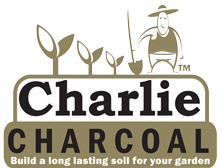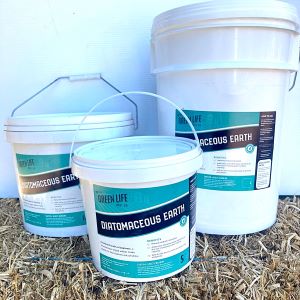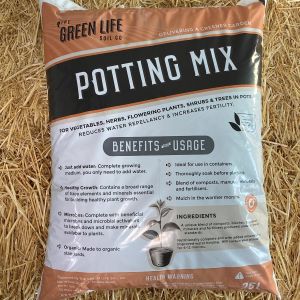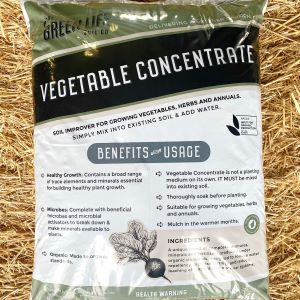| item(s), Total: $0.00 View Cart |
| Shopping cart is empty. |
Beetroot

Beetroot has been cultivated for about 4,000 years. It was the ancient Babylonians who started to use it first. Beetroot, botanically known as Beta vulgaris, evolved from wild sea beet, which is a native of coastlines from India to Britain and is the ancestor of all cultivated forms of beet. Sea beet was first domesticated in the eastern Mediterranean and Middle East – although it was only the leaves that were eaten at that time.
In early times, the medicinal properties of the root were more important than its eating qualities as it was used to treat a range of ailments including fevers, constipation, wounds and various skin problems. Originally the roots were long and thin like carrots. It wasn’t until the sixteenth century that beetroot was developed into the rounded root shape that we have today.
Beetroot was also used as a sweet ingredient in cakes and puddings. The plants were used as decorative bedding because of their attractive green leaves. Beetroot juice or broth was recommended as an easily digested food for the aged and weak.
Health benefits
Beetroot contains potassium, magnesium and iron as well as vitamins A, B6 and C and folic acid.
Folic acid is essential for normal tissue growth. It is crucial to the development of a baby’s spinal cord during the first three months of pregnancy and can help prevent spinal cord defects such as spinal bifida. Studies also suggest that beetroot’s folic acid may also play a part in helping to protect against Alzheimer’s and dementia.
Beets also contain carbohydrates, protein, powerful antioxidants and soluble fibre. Beta cyanin, the pigment that gives beetroot its colour is one of those powerful antioxidants. Antioxidants are believed to help reduce the oxidation of LDL cholesterol, in turn protecting artery walls and reducing the risk of heart disease and stroke. Beetroot also contains carotenoids and flavonoids which also help prevent LDL cholesterol. The high volume of soluble fibre found in beetroot also feeds the good bacteria in our gut, which also lowers LDL cholesterol levels.
Beetroot contains the compounds, betaine and methionine, that support liver detoxification. Without this function, toxins can accumulate both in the liver and the body’s fatty tissues, preventing weight loss and contributing to sluggishness, mood swings and more serious illnesses.
The root of beetroot contains anti-tumor, emollient, nutritive, rejuvenative, stimulating, resistance-enhancing properties. It supports and stimulates the liver, gallbladder, kidney and spleen and increases the flow of bile.
Scientists discovered that beet juice can effectively inhibit cell mutations caused by nitrosamines, a cancer-causing compound produced in the stomach that is commonly used in processed meats as a preservative.
The water in which white beet roots and tops have been boiled makes an excellent application for boils, skin inflammation and outbreaks of pimples and pustules.
To prepare a great booster after an illness, juice one medium beetroot, one to two apples and two to three medium carrots. To increase its medicinal value, add a teaspoonful of lime juice to juice. It can be used as a liquid food in case of jaundice, hepatitis, nausea and vomiting due to biliousness, diarrhoea, dysentery and other diseases.
Fun Facts about Beetroot
- Beetroot can be the key to beating a hangover – Beta cyanin speeds up detoxification in your liver, which enables your body to turn the alcohol into a less harmful substance that can be excreted quicker than normal.
- Drinking beetroot juice allows athletes to exercise up to 16% longer because the nitrate-content in beets increases their oxygen uptake while training which makes it less tiring.
- In Roman times one of the earliest known benefits of beetroot uses was an aphrodisiac. Beetroot contains high amounts of boron, which is related to the production of human sex hormones. Beetroot also contains tryptophan which also contributes to a sense of wellbeing.
- Beetroot leaves can be used for binding wounds (Hippocrates – 460-377 BC – known as the Father of Medicine).
- Beetroot is recommended to eat to nullify the effects of garlic breath.
- The only problem you may have with drinking the juice is that you get Beeturia which is having your urine turn pink due to the acidity levels in the stomach. However this is not really a problem - although it may come as a bit of a surprise.
- Beetroot is virtually fat free and low in calories.
- In many cultures the belief persists that if a man and a woman eat from the same beetroot then they will fall in love.
- Do you have dandruff? Boil beetroots in water and then massage the water into your scalp each night for a natural cure.
- To get rid of pink fingers rub lemon juice and salt on affected area before washing with soap and water.
- The world’s heaviest beetroot weighed 23.4 kg and was grown by Ian Neal from Somerset in 2001.
- Up to 10% of beetroot is sugar, but it is released slowly into the body rather than the sudden rush that results from eating chocolate.
- In mythology, Aphrodite is said to have eaten beets to retain her beauty.
- Eating 200g of cooked beetroot provides just the same health benefits as drinking 500ml of juice.
- Just three baby beetroot equal one of your recommended five portions of fruit and vegetables a day.
Cooking beetroot
 Beetroot can be boiled, baked, roasted, pickled or served raw in salads. Be careful when you peel beetroot as most of the nutrients are found just under the skin, so peel it thinly. Another way to peel beetroots is to boil them with their skins on. The skin comes off fairly easily when cooked. Alternatively, scrub the skins well before cooking and eat them too!
Beetroot can be boiled, baked, roasted, pickled or served raw in salads. Be careful when you peel beetroot as most of the nutrients are found just under the skin, so peel it thinly. Another way to peel beetroots is to boil them with their skins on. The skin comes off fairly easily when cooked. Alternatively, scrub the skins well before cooking and eat them too!Every part of the beetroot is edible. The taste of the beetroots leaves matches the taste of spinach when boiled. They are often used in soups like borsch, a popular soup in Eastern Europe. Leaves can be eaten raw in salads; smaller leaves are most tender.
Growing Beetroot
Beetroots come in all shapes and sizes today but the most common is the round deep red coloured beets. They also come in different colours – yellow, white and candy striped. If you have not grown beetroot before, start with a variety that is easy to grow such as Detroit (pictured above right). You can progress to some of the more exotic varieties later such as Chioggia (pictured at the start of the article) and Cylindra. Bulls Blood is another variety that has dark red/purple leaves - an attractive addition to your garden.
All soil should be thoroughly prepared but do not use areas that have recently had manure added, particular if the manure was fresh. Beetroot seeds can be sown all year, either directly into prepared soil or into trays. They are one of the few root crops that can handle transplanting. Or, you can purchase seedlings ready to go. In crop rotation wherever possible; beetroot should be included in the root part of the cycle (however remember beetroot are in the same family as silverbeet - so if possible, don't plant in the same spot that you've grown Silver beet, spinach or chard).
Fertilise monthly with a light liquid feed but there's no need to be heavy handed; beetroot don't require a huge amount of fertiliser.
The roots should swell to a usable size in about 3 months, but can take longer depending on growing conditions. Leaving the plants longer will produce larger roots (so it's up to you when you decide they're big enough!) but leaving them too long may result in bolting (going to seed) or woodiness in the centre of the root. Mulching with fine compost can also help prolong growth.
When harvesting the crop take care to loosen the soil around the base of the plant so as not to damage the long tail or tap root. Pick only when you can use within a week or so unless you intend to store the crop in bulk. Long term storage of mature roots is possible provided that they are not exposed to excessive heat or cold and are not allowed to dry out or become excessively wet.
A range of organically grown beetroot seedlings are usually available year round, grown by The Greenhouse, and available at the Green Life Soil Co.
Thanks to Leesa Caldwell from The Greenhouse for some of the information used in this article.
Resources for Growing Organic Veggies & Herbs:
| item(s), Total: $0.00 View Cart |
| Shopping cart is empty. |


































